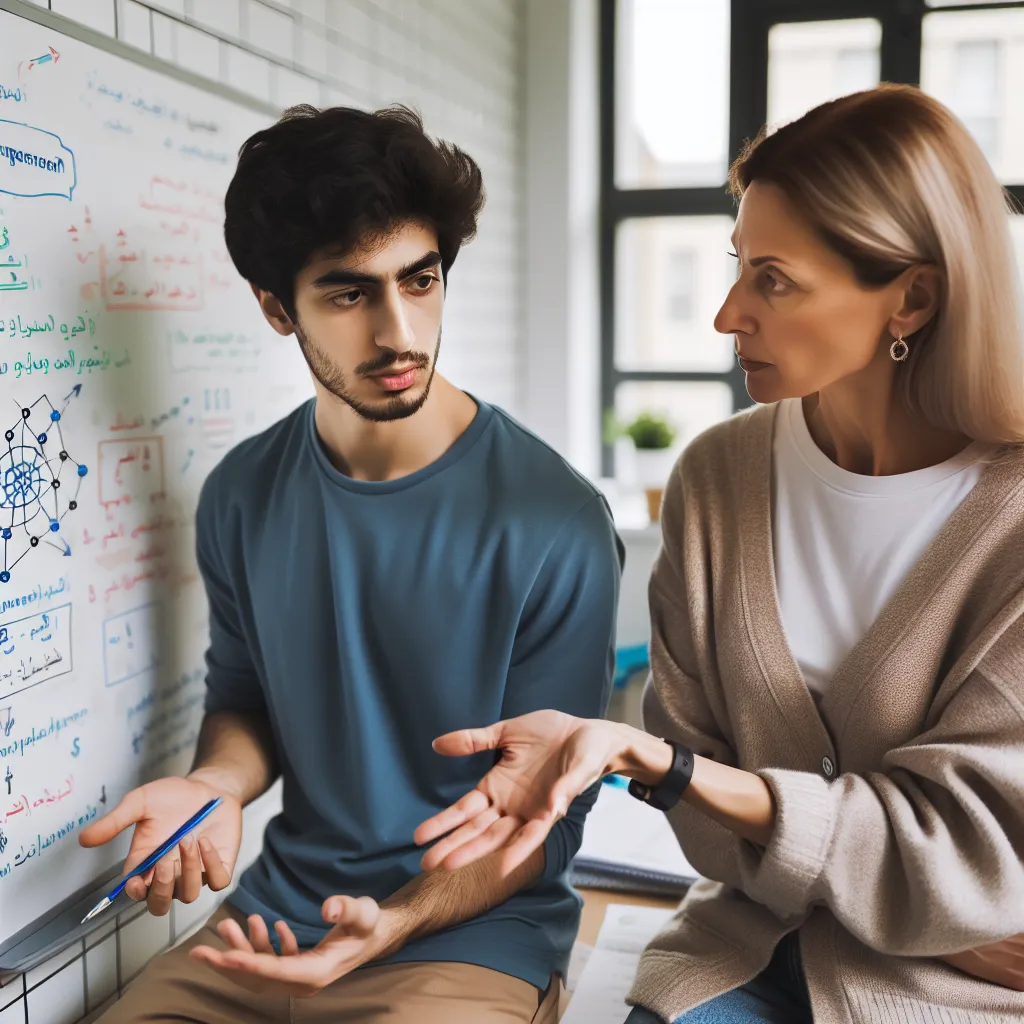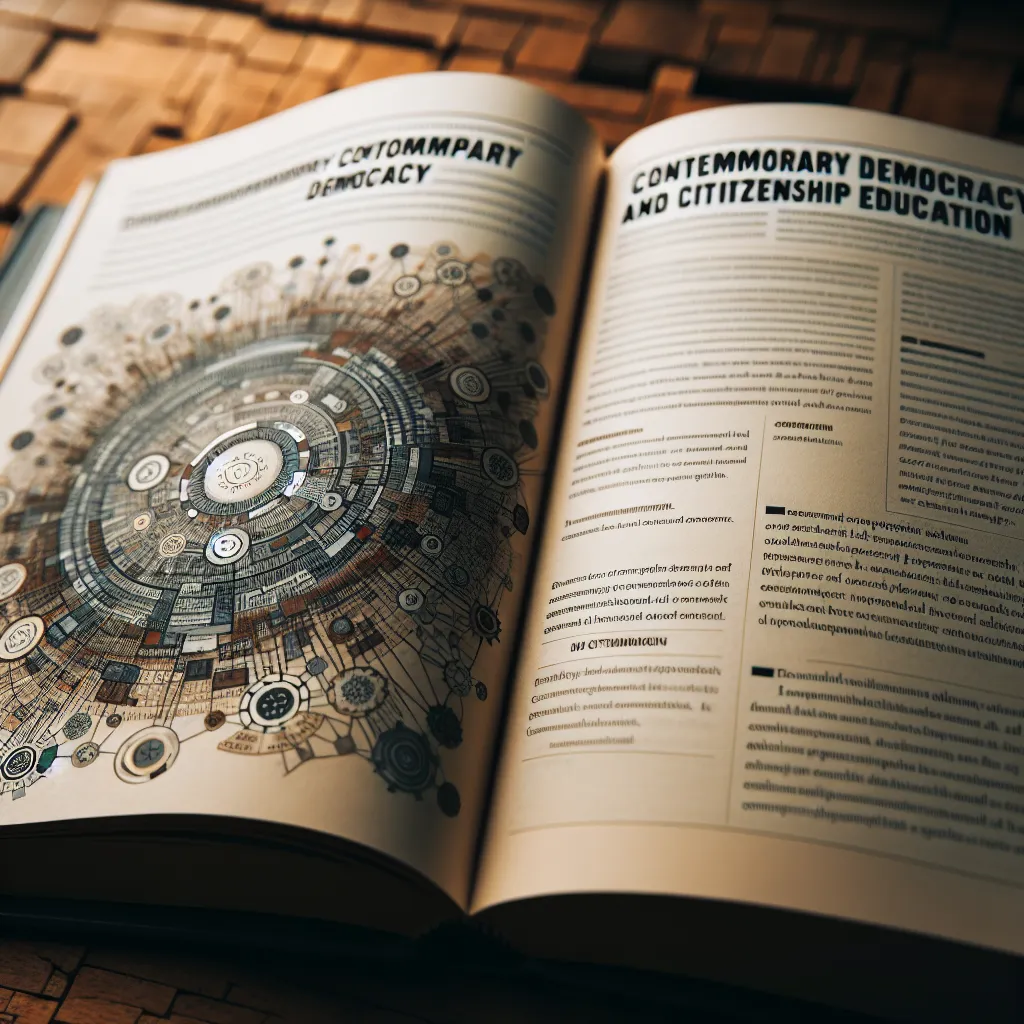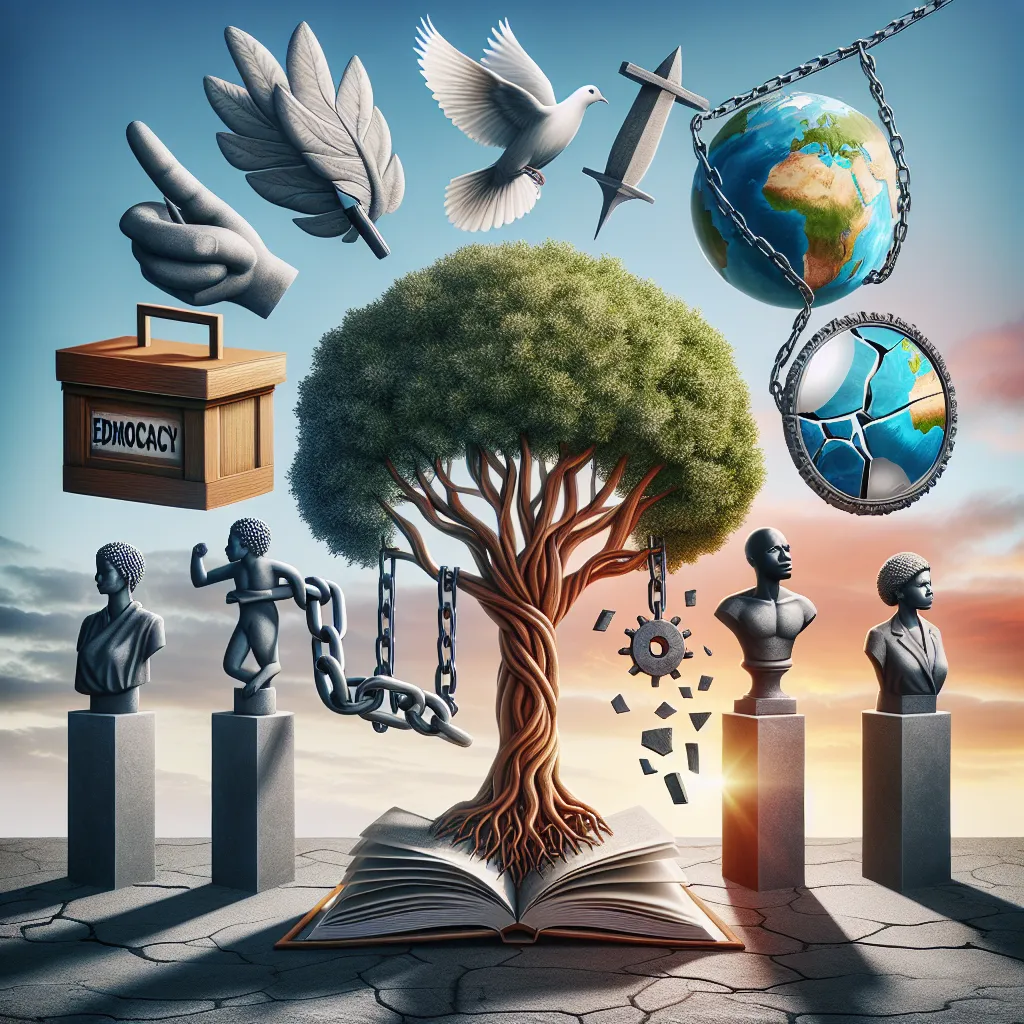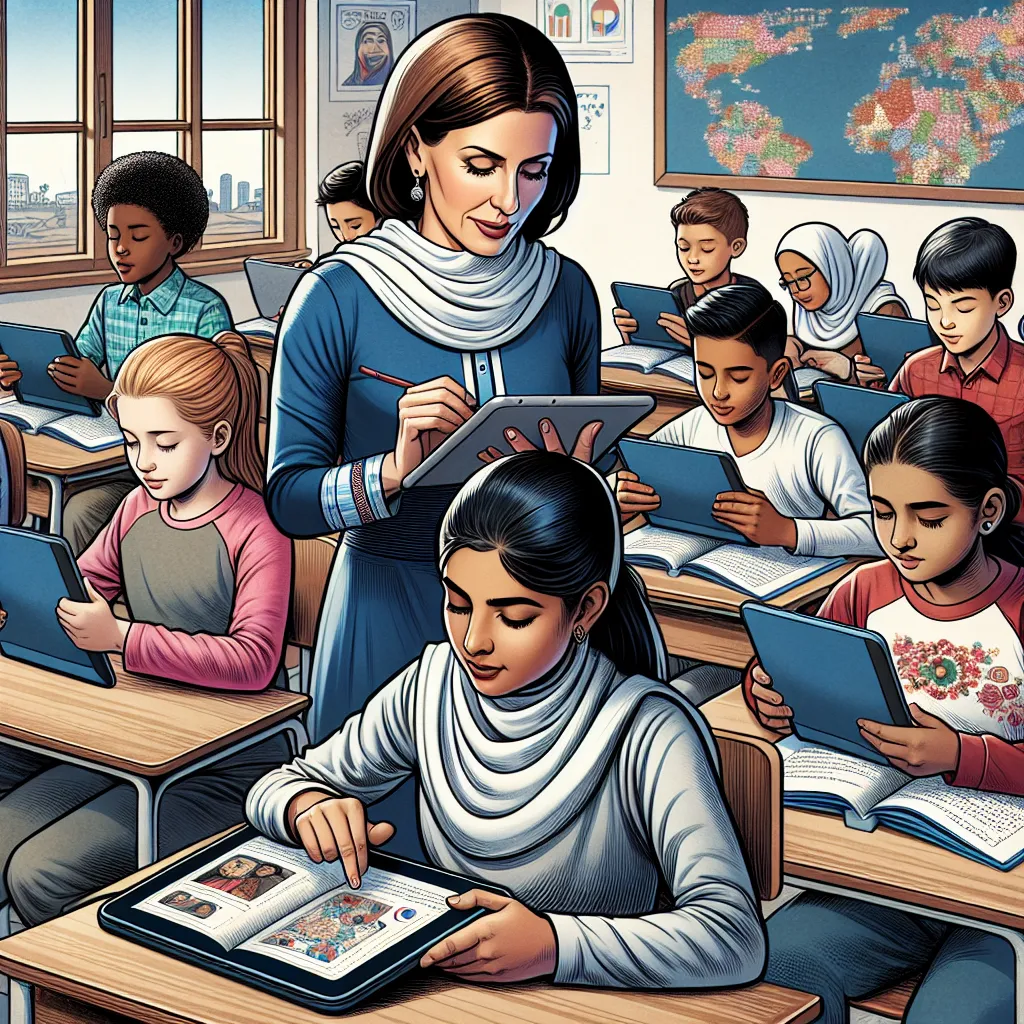Ask AI on The Internet
Question: Prescribed textbook (SoE): Chapters 3 and 4, and recommended readings Wrap-around guide for this module Question 1 ⦁ Discuss what is meant by the following: ⦁ Modern democracy (3) ⦁ Citizenship education (3) ⦁ Discuss the two types of citizenship education, and indicate which approach (active or passive) you think is the best one for learners. Substantiate your answer. (10) ⦁ Discuss the two main features of the apartheid state in South Africa. (4) [20] Question 2 ⦁ Explain why it is important that learners understand the notion of democracy in the new South Africa (after apartheid). (6) ⦁ Explain ‘soft’ and ‘hard’ notions of community participation in citizenship education. (4) ⦁ Explain what a cosmopolitan approach to citizenship education entails, and indicate how learners could benefit from this approach. (10) [20] Question 3 ⦁ What is social stratification? (4) ⦁ From a sociological perspective, discuss what is meant by: ⦁ Gender (3) ⦁ Diversity (3) ⦁ “Access to schooling is largely dependent on race, class and gender.” Briefly discuss the term “access”. (4) 3.4 Provide an argument to argue that access is dependent on the race, class, and gender of the learner. (6) [20] Question 4 ⦁ What is identity? (2) ⦁ Define “culture”. (2) ⦁ Discuss and provide ONE example of each of the following: ⦁ Culture as tradition (4) ⦁ Culture as symbol system (4) ⦁ Culture as motive and emotion (4) ⦁ If you had the power to change discrimination in schools, what practices would you introduce as a teacher? (4) [20] Question 5 ⦁ Identify yourself with a teacher. Discuss the guidelines for gender-fair teaching in schools and explain – with examples – why there might be problems in schools with the implementation of some of the guidelines. (10) 5.2 Discuss what is meant by “achieved characteristics”. (6) 5.3 In which social class do you think SGBs are? Provide a reason for your answer. (4) [20]
Let's break down each question and provide advice for addressing them based on typical academic expectations. ### Question 1 #### 1.1 Discuss the following: - **Modern democracy (3 marks):** Modern democracy typically refers to political systems where citizens have the power to make decisions about their government, usually through elected representatives. Key features include participatory governance, the rule of law, protection of human rights, and fair, free elections. - **Citizenship education (3 marks):** Citizenship education teaches individuals about their rights, responsibilities, and roles within a society. It aims to prepare learners to be informed, engaged, and responsible citizens, capable of contributing to the democratic life of their communities. #### 1.2 Discuss two types of citizenship education and indicate which approach (active or passive) you think is the best for learners. Justify your answer. (10 marks) - Two types of citizenship education are: - **Active citizenship education:** Focuses on practical participation, encouraging students to engage in activities like community service, political activism, and social justice initiatives. - **Passive citizenship education:** Involves theoretical learning about government structures, civic rights, and responsibilities without requiring active participation. *Support an active approach:* Active citizenship education is often regarded as more effective because it immerses learners in real-world political and social processes, fostering critical thinking, and practical problem-solving skills. #### 1.3 Discuss the two main features of the apartheid state in South Africa. (4 marks) - **Racial Segregation:** Apartheid legally enforced the separation of races, with different areas and public services reserved for different racial groups. - **Political Disenfranchisement:** Non-white South Africans were systematically stripped of political rights, including the right to vote and equal representation. --- ### Question 2 #### 2.1 Explain why it is important for learners to understand democracy in post-apartheid South Africa. (6 marks) - Understanding democracy helps learners appreciate the value of political participation, the importance of human rights, and the historical context of apartheid, fostering a generation that values equality and works to maintain democratic institutions. #### 2.2 Explain 'soft' and 'hard' notions of community participation in citizenship education. (4 marks) - **Soft notion:** Promotes inclusive and cooperative forms of participation, valuing dialogue and consensus-building. - **Hard notion:** Involves more direct, sometimes confrontational engagement, such as protests or advocacy, aiming for tangible changes. #### 2.3 Explain a cosmopolitan approach to citizenship education and how learners could benefit from it. (10 marks) - **Cosmopolitan approach:** Encourages students to see themselves as part of a global community, emphasizing universal values, diversity, global justice, and empathy. - **Benefits:** Enhances cultural awareness, critical thinking, and prepares learners to navigate and contribute to a globally interconnected world. --- ### Question 3 #### 3.1 What is social stratification? (4 marks) - Social stratification refers to a society's categorization of its people into hierarchies based on factors like wealth, education, power, and occupation. #### 3.2 From a sociological perspective, discuss: - **Gender (3 marks):** Socially constructed roles, behaviors, expressions, and identities that society considers appropriate for men and women. - **Diversity (3 marks):** The range of different physical and social features in society, like race, ethnicity, gender, sexuality, and disability. #### 3.3 Briefly discuss the term "access" in the context of schooling. (4 marks) - "Access" in schooling refers to the opportunity and ability to attend and benefit from educational institutions, which can be influenced by physical, economic, and social barriers. #### 3.4 Argue that access to schooling is dependent on race, class, and gender. (6 marks) - **Race:** Historical discrimination can result in fewer resources and opportunities for certain racial groups. - **Class:** Socioeconomic status affects the ability to afford quality education and associated costs. - **Gender:** Cultural norms and discrimination can limit educational opportunities for certain genders, particularly girls in some societies. --- ### Question 4 #### 4.1 What is identity? (2 marks) - Identity is the way individuals and groups define themselves and are perceived by others based on characteristics like culture, ethnicity, religion, and personal beliefs. #### 4.2 Define "culture." (2 marks) - Culture encompasses the beliefs, norms, values, rituals, and symbols shared by a group of people. #### 4.3 Discuss and provide one example of each: - **Culture as tradition (4 marks):** Refers to inherited customs and practices, such as holiday celebrations. *Example: Hanukkah celebrations in Jewish communities.* - **Culture as symbol system (4 marks):** Involves using symbols to communicate and maintain societal norms and values. *Example: The American flag as a symbol of national identity.* - **Culture as motive and emotion (4 marks):** Relates to how cultural values shape individual motivations and emotional responses. *Example: The value of honor in certain cultures motivating personal behavior and social interactions.* #### 4.4 If you had the power to change discrimination in schools, what practices would you introduce as a teacher? (4 marks) - Introduce anti-bias training, develop inclusive curricula that represent diverse cultures and experiences, establish clear policies against discrimination, and encourage open dialogue about diversity and equality. --- ### Question 5 #### 5.1 Guidelines for gender-fair teaching in schools and potential implementation problems. (10 marks) - **Gender-fair teaching:** Involves equitable treatment and opportunities for all genders, avoiding stereotypes, promoting diverse role models, and ensuring equal participation in all activities. - Problems include entrenched biases, lack of resources, and resistance to change from staff or the community. - *Example:* Male-dominated subjects like STEM may face challenges in encouraging female participation without significant effort and support. #### 5.2 Discuss "achieved characteristics." (6 marks) - Achieved characteristics refer to traits or statuses gained through individual effort and personal accomplishments, such as educational attainment, career success, or professional skills. #### 5.3 In which social class do you think SGBs are? Provide a reason for your answer. (4 marks) - SGBs (School Governing Bodies) typically include members from the middle or higher socioeconomic classes as they often require significant time and resources to participate, which are more accessible to those with greater financial and social capital. --- These guidelines should assist in crafting comprehensive and insightful responses for each question.
Think your answer is better than the AI's? Post it below.
Other Most Relevant Posts:
Question Tags
If you want your question answered by an AI, click here.







Post your own comment: